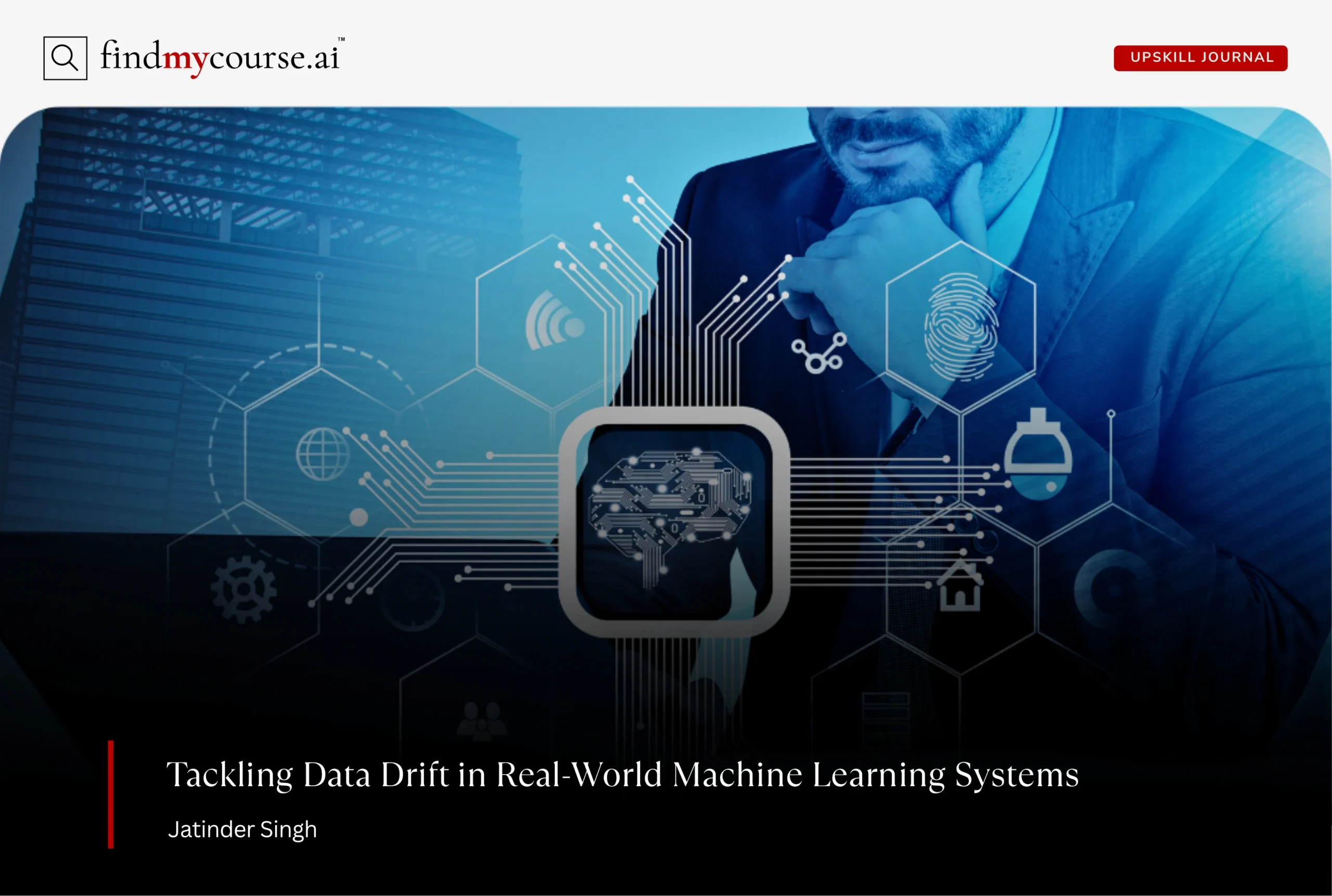Every day, companies collect huge amounts of data—but much of it goes unused because teams aren’t working well together. Data engineers focus on building pipelines that move and organize data, while data scientists explore it to find insights and build models. When these teams aren’t in sync, projects slow down, experiments fail, and opportunities are missed. DataOps changes that dynamic by creating a clear, connected way of working, using automation, shared standards, and better visibility so both teams can do their best work.
In this article, we’ll look at the challenges engineers and scientists face, explain what DataOps is, and show how it makes data workflows faster, smoother, and more reliable.
The Collaboration Gap: Engineering vs. Science
Data engineers and data scientists work toward the same goal—turning data into value—but their day-to-day work is very different. This difference naturally creates gaps in how they communicate and collaborate.
Data engineers usually focus on:
- Building and maintaining strong, reliable data pipelines
- Cleaning and organizing data
- Ensuring systems run smoothly and without errors
- Following strict processes to avoid breaking anything in production
Data scientists usually focus on:
- Exploring data to find patterns
- Running experiments and testing ideas
- Building and improving machine learning models
- Moving fast and adjusting methods as they learn
Because their workflows don’t match, friction can develop easily:
- A data scientist may need a new dataset quickly, but the engineer may be busy fixing a production issue.
- A pipeline update might change how the data looks, and the scientist receives no explanation.
- Requests may be unclear, causing delays or repeated conversations.
- A small pipeline change can break a model, and neither side knows what happened.
Both teams also tend to use:
- Different tools
- Different documentation styles
- Different timelines and priorities
Scientists want speed and flexibility, while engineers want stability and safety. Without shared expectations, simple tasks can turn into long back-and-forth discussions.
These gaps are not caused by a lack of skill. They are caused by the lack of a shared process—and that is exactly what a structured, operational approach is meant to fix.
What Is DataOps? A Modern Overview
To understand the solution, it helps to first ask: what is dataops in simple terms? It is a set of practices that brings data engineering, data science, and operations together so they work as a single, connected unit. Inspired by DevOps, it focuses on making data work more predictable, more automated, and more collaborative. Instead of each team building its own separate workflow, this approach connects everyone through shared standards, automated checks, and continuous improvements.
Importantly, it’s not a single tool or software. It’s a way of working. It encourages teams to communicate openly, document clearly, and build processes that can grow with the organization. By doing so, it helps reduce chaos and brings a sense of order and flow to daily operations.
Key Pillars of DataOps That Boost Collaboration
Strong collaboration depends on strong foundations. There are several key pillars that make this approach effective for both engineering and science teams.
Automation
Automation removes repetitive manual work. Instead of engineers preparing custom datasets each time, automated pipelines deliver refreshed, reliable data on a consistent schedule. This helps scientists depend on what they receive and reduces the need for constant back-and-forth requests. It also frees engineers to focus on improving systems rather than reacting to urgent tasks.
Version Control
Version control creates a shared history of changes across code, data, and models. With this transparency, teams always know which version caused a problem and how to roll back quickly. It allows everyone to trace updates, compare differences, and understand how certain results were produced. As a result, confusion decreases and debugging becomes far less stressful.
Continuous Integration and Continuous Deployment
CI/CD brings fast, safe updates to data pipelines and machine learning models. When someone makes a change, it’s automatically tested and reviewed before going live. This reduces errors, prevents unstable releases, and keeps the workflow predictable. Both groups benefit from a steady rhythm of updates instead of large, risky changes.
Data Observability
Observability gives everyone visibility into data health and pipeline performance. If data arrives late, looks unusual, or breaks a pattern, both teams can see it immediately. This early awareness prevents surprises and allows faster troubleshooting. It also protects the quality of downstream work by ensuring that scientists aren’t building models on inconsistent or low-quality data.
Standardization
Shared templates, naming patterns, and documentation help both teams communicate clearly. When engineers and scientists follow the same standards, collaboration becomes much easier and misunderstandings drop. Standardization ensures that work looks familiar across projects, reduces onboarding time, and helps teams avoid unnecessary rework caused by inconsistent practices.
How DataOps Improves Collaboration Between Data Engineering and Data Science
Here’s where the real transformation begins. When the principles described above come together, the daily experience of both engineering and science teams improves dramatically.
A. Unified Workflows and Shared Responsibility
With a unified workflow, each step of the data journey is visible to everyone. Scientists understand how data is collected and processed, and engineers understand how that data is used in models. This shared understanding builds respect and reduces friction. Instead of working in parallel lanes, both teams contribute to a single, smooth process.
B. Faster and More Reliable Data Delivery
Because pipelines are automated and tested, scientists don’t have to wait long for data. This faster access allows them to try more ideas in less time. Engineers, meanwhile, avoid being interrupted with constant urgent requests. Both teams feel less pressure and more control.
C. Improved Data Quality and Trust
Trust is essential when working with data. When pipeline checks and data validations run automatically, scientists can trust that the data they receive is clean and accurate. Engineers also benefit because observability helps them catch issues before they spread. This shared confidence improves communication and reduces blame during tight deadlines.
D. Reproducibility Across Experiments and Models
When data, code, and models are versioned, anyone can reproduce past experiments easily. For scientists, this means less time lost rebuilding old work. For engineers, it means model deployments become more predictable. Reproducibility helps both teams move faster with fewer mistakes.
E. Shorter Machine Learning Project Cycles
Because communication is clearer, data is reliable, and pipelines are automated, ML projects finish sooner. What once took months may take weeks. Teams can deliver results faster and respond to business needs more quickly. This helps the organization grow and innovate at a steady pace.
Tools and Technologies Enabling DataOps
Effective dataops relies on tools that support automation, communication, and consistent data workflows. These tools help teams manage pipelines, track changes, monitor data quality, and stay aligned throughout the entire lifecycle.
| Category | Purpose | Common Tools | How It Helps Collaboration |
| Pipeline Orchestration | Plans, schedules, and manages data workflows | –Airflow –Prefect | Provides clear pipeline structure that both teams can follow |
| Version Control | Tracks changes across code, data, and models | –Git –DVC | Keeps updates transparent and easy to roll back |
| Testing & Monitoring | Validates data and detects issues early | –Great Expectations –Monte Carlo | Ensures both teams catch problems before they spread |
| Data Observability | Watches data health and performance in real time | –Bigeye –AccelData | Gives shared visibility into anomalies and pipeline behavior |
| Collaboration & Documentation | Supports communication and shared knowledge | –Slack –Confluence | Reduces misunderstandings and keeps information accessible |
Practical Examples: How DataOps Works in Action
Implementing dataops can transform how teams work together by making workflows clearer, faster, and more predictable. The following examples show how organizations across industries have benefited from this approach.
1. Retail Company: Faster Model Deployment
A retail company struggled because data scientists were constantly waiting for clean datasets, while unpredictable requests were overwhelming the engineers. After adopting a structured dataops approach:
- Automated pipelines delivered daily refreshed datasets
- Observability dashboards let engineers monitor pipelines easily
- Scientists clearly understood data sources and transformations
Result: meetings became shorter, model delivery time dropped by half, and both teams worked more confidently together.
2. Financial Services: Reducing Data Errors
A financial firm faced frequent errors in reporting due to inconsistent data from multiple sources. Engineers and analysts spent hours correcting mistakes, slowing decision-making. However, with dataops:
- Version control tracked all changes to datasets and code
- Automated testing flagged errors before they reached production
- Teams established shared documentation for data definitions
Result: data quality improved, trust increased, and reports could be delivered on time consistently.
3. E-Commerce Platform: Improving Collaboration
An e-commerce company had long project cycles because engineers and data scientists worked in separate silos. Miscommunication often led to duplicated efforts. Using dataops:
- Standardized workflows aligned both teams’ processes
- Shared dashboards provided transparency into pipeline and model progress
- Collaboration tools improved communication across teams
Result: projects moved faster, both teams were aligned, and experimentation became more frequent without introducing errors.
Challenges Organizations Face When Implementing DataOps
Adopting dataops can bring significant benefits, but it also comes with hurdles. Teams may resist new workflows, feel unsure about tools, or become overwhelmed if processes aren’t well integrated. Patience, clear communication, and gradual adoption are key to overcoming these obstacles.
- Team habits and culture may slow adoption, requiring leadership support and visible success stories
- Skill gaps can limit confidence with new tools, addressed through hands-on training and mentoring
- Confusion from multiple tools or processes can be reduced by standardizing essential workflows
- Coordination issues between teams can be solved by setting shared goals and clear roles
Conclusion
Collaboration between data engineering and data science is more than just a workflow—it’s a mindset. DataOps doesn’t just streamline processes; it fosters a culture where teams anticipate challenges, communicate openly, share knowledge, and innovate confidently. Organizations that embrace this approach aren’t just solving today’s data problems—they’re building a resilient foundation for continuous learning, smarter decision-making, and sustainable long-term growth in a world where data is the ultimate competitive advantage.


